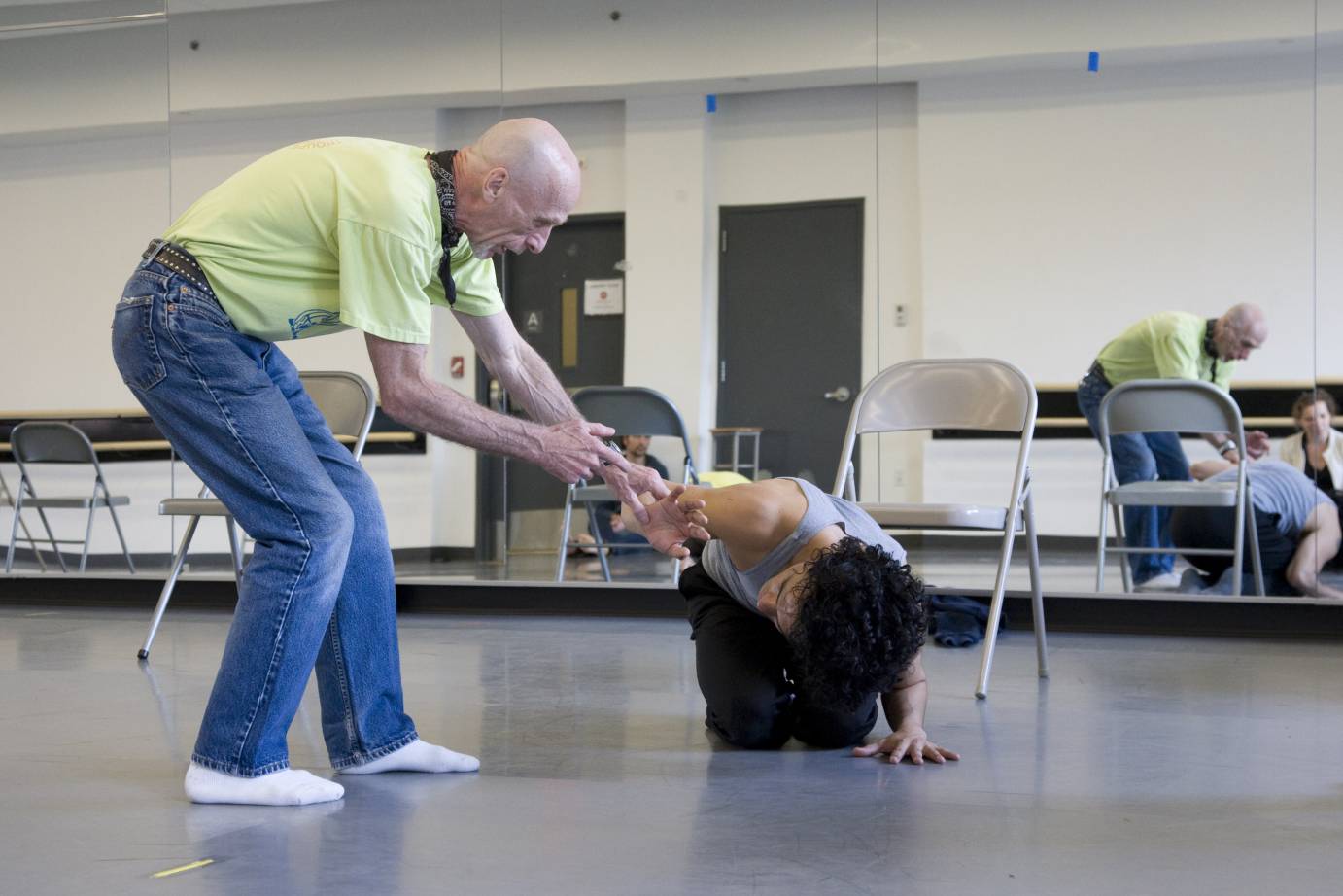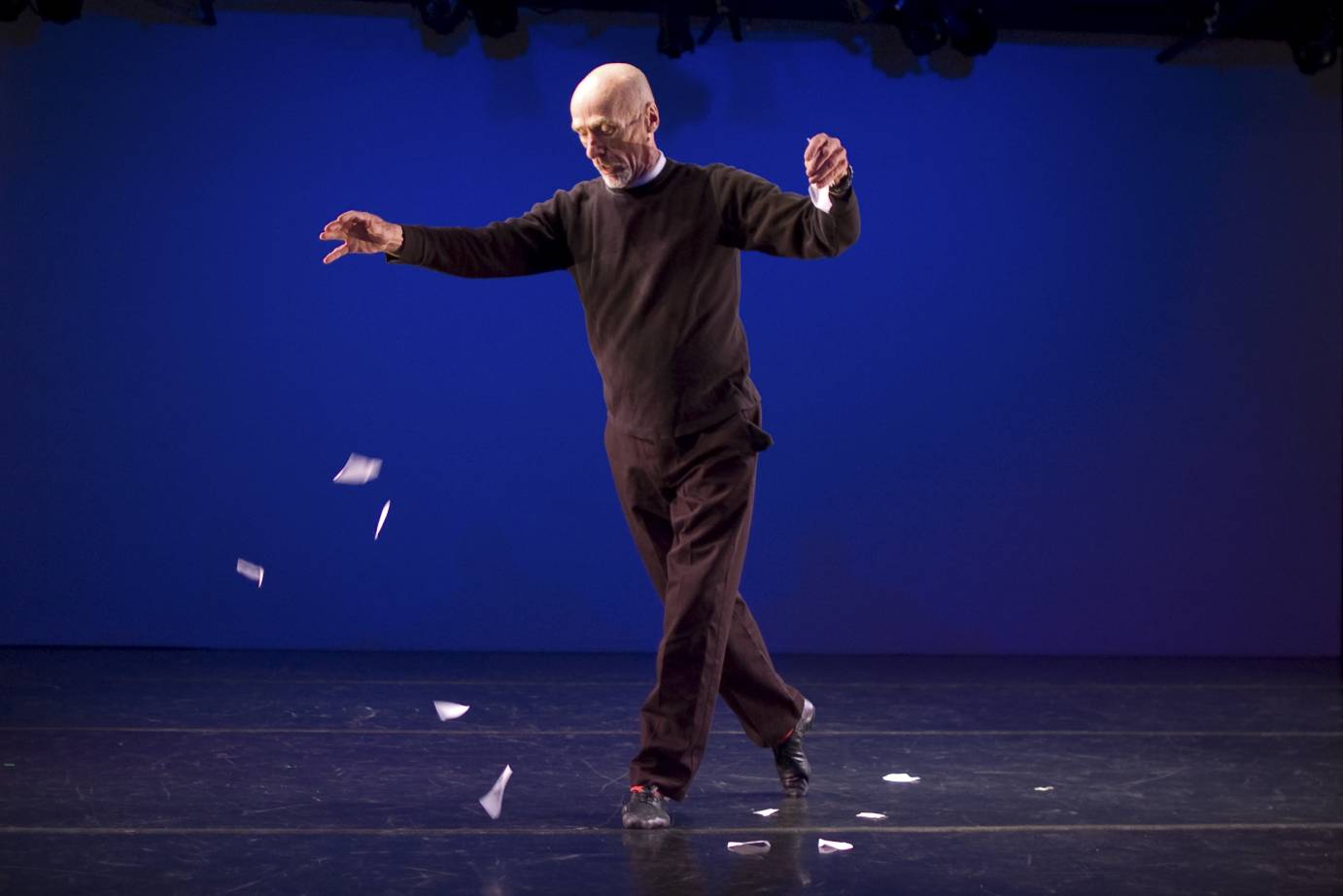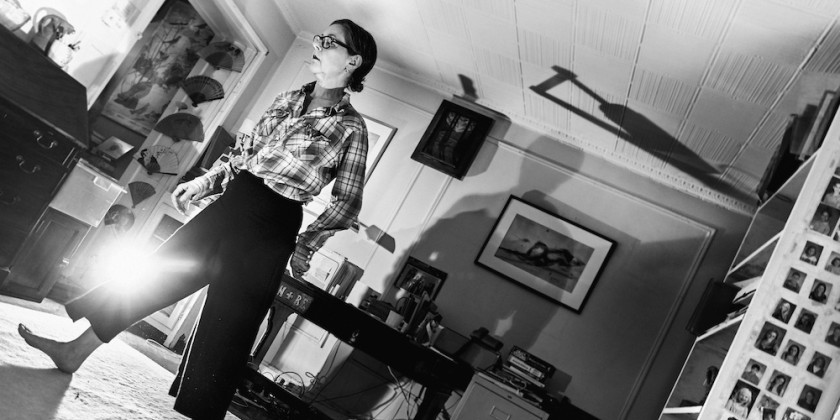
THE DANCE ENTHUSIAST ASKS: Choreographer and Director Jim May on Anna Sokolow and Bringing Life into Dance

"Last month, performer, choreographer and director Jim May was awarded the Martha Hill Award for Lifetime Achievement. His commitment to sharing and protecting the legacy of Anna Sokolow continues to guide a new generation of movers and shakers.
I wanted to share this interview so dance enthusiasts could learn more about this special person in the field of dance theater. Enjoy and get inspired." — Anabella Lenzu, The Dance Enthusiast 2024 Moving Visions Editor
Anabella Lenzu for The Dance Enthusiast: How do you define Dance Theater, Jim?
Jim May: Many choreographers try to put art in dance. Anna Sokolow was trying to put life into dance. There's a big difference. Dance Theater has to be separated from today's theater.
Dance Theater was actually started by Anna Sokolow. She had been with Martha Graham, who definitely was into drama, but then Anna got into The Actors Studio and into The Method. At the HB Studio she taught movement to actors (Jerome Robbins was one of her students). She got into that side of approaching emotion, breaking away from Graham, and José Limón and other choregraphers [of the time]. They were interpreting scripts. They danced Moors Pavane, Shakespeare, Medea. In ballet, they danced fairy tales. Anna was trying to break from that type of script into a more solid approach. She was not interested in scripts.

When Anna started working on her masterpiece Rooms, she worked with actors to explore different emotions. If you got the emotion, then that expressed itself in movement. But that wasn't enough for her. She wanted to put it all to music — music, theater ( words), and dance all together. And that's how she found her way to jazz.
Some of the Sokolow repertory pieces refer to jazz Jelly Roll and The Evolution of Ragtime. Then came her Dreams, and Rooms, finally came Magritte. This is her epitome of finally getting to the point, what she actually called Dance Theater.
Anabella Lenzu: So when you think of differentiating the European from the American lineage of Dance Theater, what stands out as the main difference for you?
Jim May: When we toured Europe with Magritte in 1970, we performed in Essen and Pina [Bausch] came running backstage to congratulate us. She said, “This is what I want to do.” Pina studied at Juilliard with Anna, and she'd seen all Anna's pieces. She saw what was happening. That's when I think she started her Tanz Theater.
Anabella Lenzu: Dancemakers and doers rarely talk about emotions. Emotions are “problematic.” I remember taking your class, Jim, and you asked us “How do you feel?” I said “good,” and you replied “Good is not an emotion!”
Jim May: The judgement!

Anabella Lenzu: Yes, exactly. So in Dance Theater, when you worked with Anna Sokolow, then in your work directing the company, and even now, how do you deal with emotions? Many choreographers close that door. They are only interested in movement.
Jim May: You go to the person.
We all have different experiences, we all come from different backgrounds, and just like in Method acting, you go into what you feel and what you can bring out of it. We can do the same with dance.
Anna found emotion choreographically, and depended on the person working with her and their training. An example of this is her famous piece Kaddish. There's a version that Risa Steinberg peforms based on the Limón technique. That was Risa's background, that was her feeling. Deborah Zall had a Graham background. With the same music, the same idea, the same everything, she used the Graham technique. In our company, Dian Dong performed another version that was very simple, very little, just boom, just the emotion — that's how it came out. It depends a lot on the individual. Anna did not have a quote-unquote “technique.” It's not quite what we think of when we define the word “technique.” She established a way of approaching dance , that’s what I'm talking about. This is very tricky when recreating her work.

Anabella Lenzu: How was the process of working with Anna?
Jim May: Observing, you know, just letting that happen. Also not setting it up. I guess what I'm trying to say is that we didn't start with the steps! You don't have that to fall back on if you recreate.
I find a lot of young dancers now basically learn their choreography from looking at a video, so they're replicating. They're trying to do what they're seeing, and then they try to add all the other stuff on top of it. They are missing it; it's the other way around.
Anabella Lenzu: When we talk about Dance Theater, are we talking about politics?
Jim May: Anna was not into any [political] party. She very rarely knew who was president. She was interested in humanity. That was the thing. I don't know whether it's because of her upbringing on the Lower East Side, or blending into the melting pot of all those people coming in at that time. She picked up on everybody. 99 percent of her works are not political.
She may have stepped into it with Dreams, which everybody says is about the Holocaust. She called it “Dreams,” and we've all had nightmarish dreams. At the very beginning , when the people walk on they're dressed as soldiers, but that's basically the closest she comes to saying anything political. I know there are people who always say she was very political. I wouldn't have been able to work with her if she was.
Anabella Lenzu: When Anna passed away, you dedicated your life to transmitting her work and wisdom to others. Tell me about this decision and her legacy.
Jim May: It was tricky. I must agree it was. I basically realized if I didn't do it, it wasn't going to get done, because Anna didn't care at all about handing it on. Also, although it’s not like Graham and Limón, she has a technique, but it was basically taught on actors, because it was impossible to get dancers to come in and study movement for acting. So there was a problem there.
I realized I had to throw myself into a closet and shut the door to focus on this. Fortunately, to do what I had to do, I had to put footprints down. I put footprints down in Italy, in Mexico, and in Taiwan. I spread her out, so now she's all over.
Jim May was a devoted disciple of Anna Sokolow for 35 years and co-artistic director of her company, Players’ Project, since 1990. He founded the Sokolow Theatre/Dance Ensemble in 2004 to expand the art of dance, working toward a progressive new style of theatre/dance.
May danced in New York for over 40 years, performing with the Limón Company under Jose Limón’s and Carla Maxwell’s direction, the Ruth Currier Company, and Daniel Lewis’ company. Mr. May embraced the distinct styles of both Ms. Sokolow and Mr. Limón. He won a 1996 Fulbright Scholarship to Mexico City to extend his studies of his two mentors and their roles in the relationship between modern dance in the US and Mexico.
He has taught on the faculties of SUNY Purchase, Juilliard School of Music, Princeton University, and the Limón Institute. In 1992, Washington University granted him the Marcus Award for Teaching Excellence. He taught extensively in Taiwan, where he founded the company Dance Forum Taipei, and in Mexico at Central de Investigacion Corografica. He has taught at schools in Italy, France, Germany, Korea, Canada, South America, Switzerland and the United States, and was granted a Fulbright award to teach in Chile. His choreography has been performed by Dance Conduit, Dance Forum Taipei, Thoughts in Motion, and the Sokolow Theatre/Dance Ensemble. He has danced on Broadway, with the Eliot Feld Ballet Company, and extensively as a guest artist. In 1999 Mr. May received a Bessie Award for lifetime achievement. In 2024 he received the Martha Hill Award for Lifetime Achievement.
The Dance Enthusiast Asks questions and creates conversation.
For more of The Dance Enthusiast Asks, click here.
The Dance Enthusiast - News, Reviews, Interviews and an Open Invitation for YOU to join the Dance Conversation.
Created in 2020 as a way to lift up and include new voices in the conversation about dance, The Dance Enthusiast's Moving Visions Initiative welcomes artists and other enthusiasts to be guest editors and guide our coverage. Moving Visions Editors share their passion, expertise, and curiosity with us as we celebrate their accomplishments and viewpoints.















